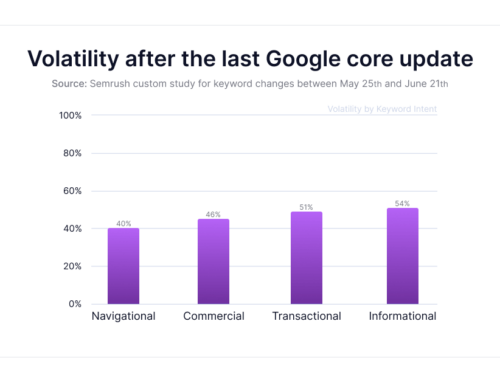In the video “How to Create Custom GPTs for Beginners” by The AI Advantage, you’ll learn the step-by-step process of building your own custom GPTs. The presenter starts by explaining the significance of these custom GPTs and how they offer a more specific purpose compared to the generalist GPT models. Then, you’ll be guided through the process of setting up your own custom GPTs using the configure tab on the chat.open.com website. The video also provides a file with 10 various GPT templates, which cover all aspects of a company, including a growth hacker GPT. Additionally, you’ll learn how to customize instructions, set conversation starters, and utilize advanced capabilities such as uploading files and integrating external capabilities. Finally, the video shows you how easy it is to publish and test your own custom GPTs.
How to Create Custom GPTs for Beginners
Introduction to Custom GPTs
Custom GPTs, or Generative Pre-trained Transformers, allow users to create their own AI models for specific purposes. This article will guide beginners through the process of creating custom GPTs, exploring different options, and setting up a GPT manually.
Exploring the GPTs Options
To access the GPTs options, go to chat.open.com and click on the explore button located at the top left of the screen. Here, you can explore the available GPTs, including the preset options created by OpenAI. However, if the preset GPTs are not specific enough for your needs, you can choose to create your own custom GPT.
This image is property of i.ytimg.com.
Setting Up a GPT Manually
To set up a GPT manually, navigate to the GPT Editor. There are two options for approaching GPT creation: a super beginner-friendly version where you can talk to the GPT and it builds a character, or a more precise manual approach. In this article, we’ll focus on the manual approach, as it allows for more precise control over the output. The Configure tab in the GPT Editor allows you to set up the GPT manually by filling in various fields. You can also utilize a provided template to simplify the process.
Accessing Ready-Made Templates
To access ready-made templates, sign up for a free weekly newsletter that provides a Notion template with 10 different GPTs covering various aspects of a company. Notion is recommended for its ease of use. Simply scroll down in the template to find the GPT you want to create. For the purpose of this tutorial, we’ll be creating a growth hacker GPT.
This image is property of images.unsplash.com.
Creating a Growth Hacker GPT
Navigate to the GPT’s view and copy and paste the required information, such as the name, description, and instructions, from the template. Provide detailed information about the growth hacker’s values, goals, and methodology to ensure the best results. Additionally, use conversation starters or prompt templates to help users get started quickly. Select suitable prompts and populate the GPT with them.
Providing Detailed Information
Conversation starters or prompt templates are essential for getting users of the GPT started quickly. You can choose from a selection of pre-prepared prompts that are provided with the template. For each character, there are 30 prompts to choose from. Simply select the prompts that are most suitable for your GPT and populate them within the GPT.
This image is property of images.unsplash.com.
Using Conversation Starters
Choose conversation starters or prompts that are relevant to your GPT. These conversation starters are prompts that the GPT will use to generate responses. The available options can be found in the template and can be copied and pasted into your GPT.
Uploading Files for Consideration
Uploading relevant files for analysis is an important aspect of developing a custom GPT. Depending on the purpose of your GPT, you may want to include files related to your topic or industry. For example, if you’re using a growth hacker GPT to grow your Instagram account, it would be useful to provide the GPT with your analytics. The knowledge tab allows you to upload files for the GPT to consider in its answers.
This image is property of images.unsplash.com.
Exploring Advanced Capabilities
In the advanced capabilities section, you can adjust settings for internet access, image generation, and data analysis. It is recommended to leave these settings on by default, as they can provide the GPT with more capabilities and enhance its performance.
Adding Personality with a Picture
To add personality to your GPT, you can upload a picture. You have the option to generate a picture using di or use a picture that has been prepared for you. Uploading a picture can help personalize your GPT and make it more engaging.
Publishing Your Custom GPT
Once you have completed all the necessary steps, you can publish your custom GPT. Click the save button in the top right corner of the editor. You have the option to make your GPT private, accessible only through a link, or public, where it will be added to the store once available. By publishing your GPT, you can run the prompts and continue customizing the instructions over time.
Conclusion
In conclusion, creating custom GPTs can be an exciting task that allows you to tailor AI models to your specific needs. By exploring the available options, setting up a GPT manually, and utilizing ready-made templates, you can create a custom GPT that suits your requirements. Providing detailed information, using conversation starters, and uploading files for consideration can enhance the performance and capabilities of your GPT. With the ability to add personality and publish your custom GPT, the possibilities are endless.










Leave A Comment